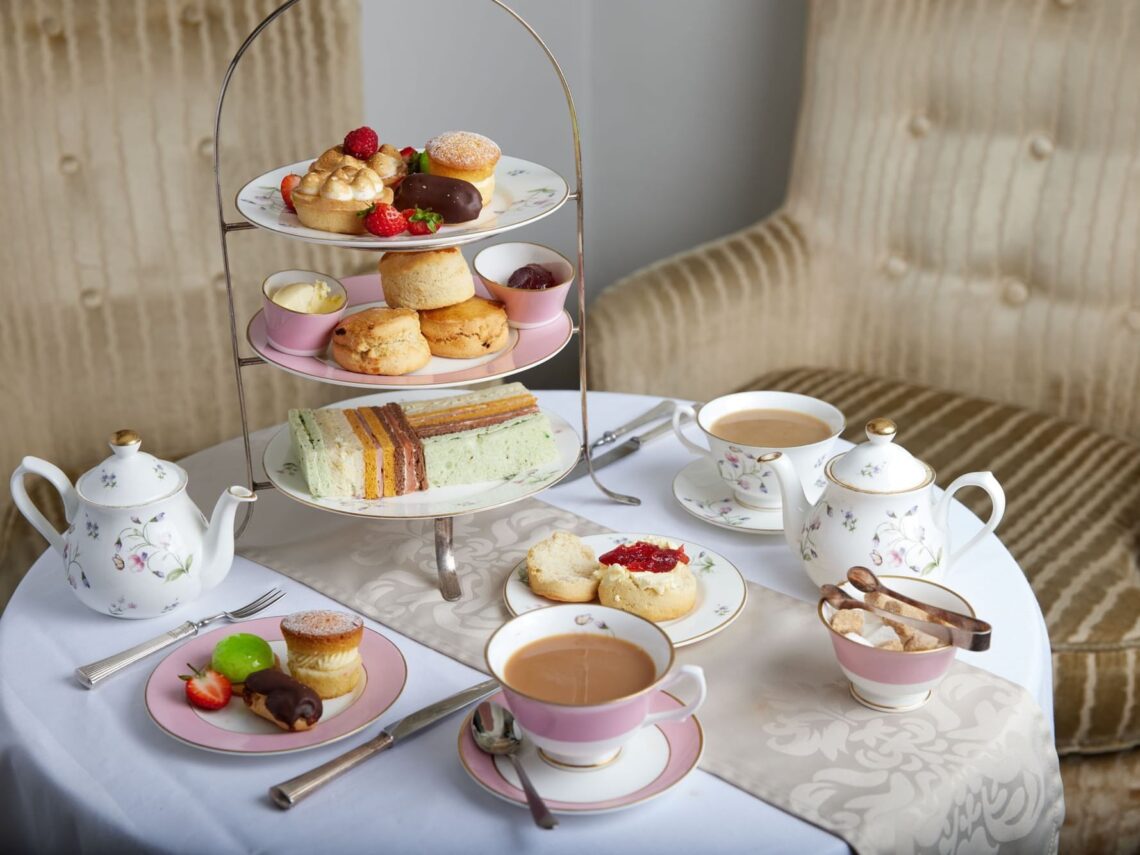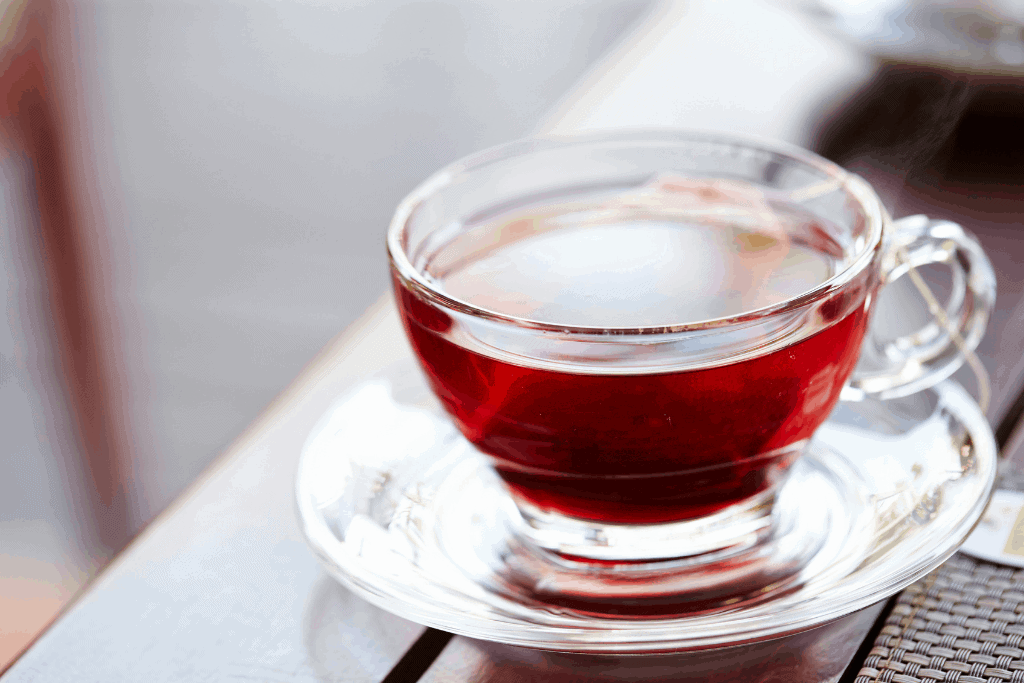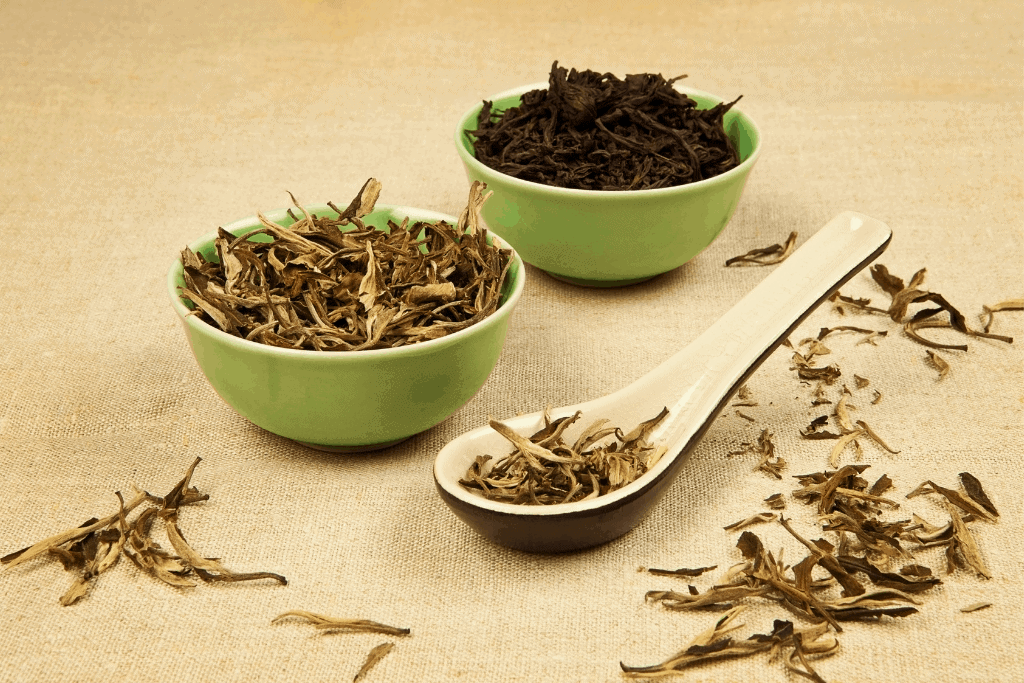Few traditions capture the essence of British culture like afternoon tea. Picture a three-tiered tray of delicate sandwiches, fluffy scones with clotted cream, and pastel-colored pastries, all paired with a pot of Earl Grey or Darjeeling. Afternoon tea is more than just a meal—it is an experience of refinement, relaxation, and social connection.
But where did this tradition come from? How should it be enjoyed properly? And how are modern cafes and tea rooms reinventing it today? Let’s take a journey through history, etiquette, and contemporary twists that make afternoon tea timeless.
The Origins of Afternoon Tea
The story begins in the 1840s with Anna, Duchess of Bedford. At the time, dinner in Britain was often served as late as 8 or 9 p.m., leaving a long gap after lunch. Feeling hungry in the late afternoon, Anna began requesting tea and light snacks in her private room.
What started as a personal habit soon evolved into a fashionable social event among the British elite. By the Victorian era, afternoon tea had become a symbol of sophistication and hospitality.
High Tea vs. Afternoon Tea: Clearing the Confusion
Many people mistakenly use the terms interchangeably, but they mean different things:
-
Afternoon Tea: Light snacks, pastries, and tea served around 3–5 p.m. Considered elegant and refined.
-
High Tea: A more substantial meal (with meats, breads, and hearty dishes), served later in the evening, historically enjoyed by the working class.
When you see “afternoon tea” offered in luxury hotels today, it refers to the refined version started by the aristocracy.
Classic Components of Afternoon Tea
1. The Tea
Traditional choices include:
-
Earl Grey – Flavored with bergamot oil.
-
Darjeeling – Known as the “champagne of teas.”
-
Assam – Strong and malty.
Milk is usually added after pouring, though this has sparked debates among tea lovers for centuries.
2. The Savories
Finger sandwiches are small, crustless, and delicately filled:
-
Cucumber with butter
-
Smoked salmon and cream cheese
-
Egg salad with cress
-
Roast beef with horseradish
3. The Scones
Arguably the heart of afternoon tea. Served warm with clotted cream and strawberry jam. The big debate: jam first or cream first? (Cornish tradition says jam first; Devonshire says cream first.)
4. The Sweets
Miniature cakes, tarts, and pastries provide a colorful finish. Favorites include Victoria sponge, Battenberg, and macarons.
Etiquette of Afternoon Tea
Afternoon tea is as much about manners as it is about food. Here are a few key rules:
-
Pinky Down – Contrary to stereotypes, lifting your pinky finger is incorrect.
-
Stir Gently – Move the spoon back and forth, not in circles, to avoid clinking.
-
Scones Etiquette – Break them with your hands, never cut with a knife.
-
Napkin Placement – On your lap during tea, folded neatly to the left when done.
-
Order of Eating – Savories first, then scones, then sweets.
These rules may seem fussy, but they create a sense of grace and order that defines the tradition.
Afternoon Tea in Modern Times
While traditional tea rooms still thrive in London and beyond, the ritual has taken on exciting modern variations:
-
Themed Teas – From Harry Potter-inspired menus to botanical garden settings.
-
Champagne Afternoon Tea – Pairing sparkling wine with traditional treats.
-
Vegan & Gluten-Free Teas – Inclusive menus for dietary preferences.
-
International Twists – Asian-inspired teas with matcha cheesecakes or Indian chai pairings.
This evolution keeps the tradition alive for new generations while preserving its classic charm.
Recreating Afternoon Tea at Home
You don’t need to book a fancy hotel to enjoy afternoon tea. With a little effort, you can create your own ritual:
-
Choose Quality Tea – Earl Grey, Darjeeling, or Assam are great starting points. Stock up on premium blends here.
-
Set the Scene – Use tiered trays, floral teacups, and linen napkins.
-
Bake Fresh Scones – Serve with clotted cream and jam for authenticity.
-
Mindful Hosting – Invite friends or family and focus on conversation, not phones.
Afternoon Tea vs. Coffee Culture
In today’s fast-paced society, coffee culture dominates many countries. But afternoon tea offers something different—a pause in the day, a chance to connect without rushing. Where coffee is about productivity, tea is about presence.
Why Afternoon Tea Still Matters
-
Cultural Identity: Afternoon tea remains a symbol of British hospitality.
-
Tourism Appeal: Visitors to London flock to hotels like The Ritz or Claridge’s for the experience.
-
Mindfulness Ritual: It encourages slowing down, savoring flavors, and meaningful connection.
From the drawing rooms of Victorian England to modern tea rooms with themed menus, afternoon tea has evolved while preserving its charm. It’s not just about drinking tea—it’s about cultivating refinement, connection, and enjoyment.
👉 Want to recreate afternoon tea at home? Explore classic British teas and accessories here.
Whether you’re enjoying scones in Cornwall, pastries in London, or a homemade spread with friends, afternoon tea continues to remind us that life’s pleasures are best savored slowly.






